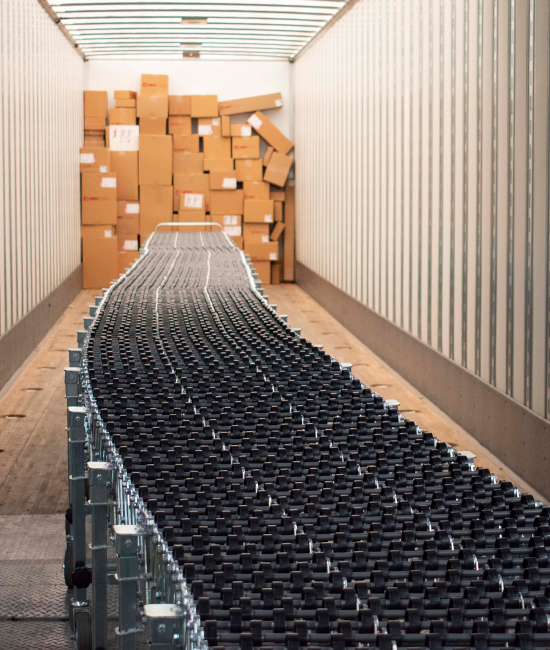Outbound logistics begin at the pick face and end when the end user receives their goods. It includes picking, packing, transportation, and delivery of goods. To meet the high consumer expectations, these activities have to be coordinated and should also be transparent to the end user, with frequent updates notifying when an order is boxed, in transit, and delivered, for example.
Coordinating these activities, and being transparent with the customer, are key to the user experience and can gain repeat business. However, performing all of these activities efficiently and at low cost is another challenge altogether. To meet these demands especially in high throughput facilities, many companies are increasingly turning to automation for the speeds, accuracies, and efficiencies they introduce to many material handling tasks.
At PeakLogix, we’re a brand agnostic material handling systems integrator that specializes in innovative, bespoke automated solutions. Through our partnership, we can increase the consistency and efficiency throughout your distribution processes, from inbound receiving to outbound shipments and everything in between. We deliver customized solutions tailored to our partner’s needs that address issues ranging from ergonomics and employee safety to fully automated warehousing solutions.


